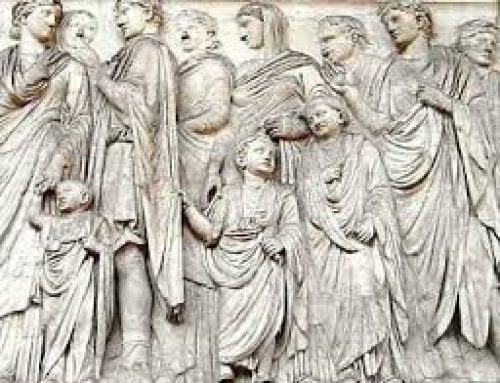
Two lines cross and form four angles
Where any two lines cross each other, they form four angles. These angles are parts of a circle (as you can see from the green circle segments), so, like a circle, they have to add up to 360 degrees. If the two lines are perpendicular to each other, then the four angles are each a quarter of the circle, so they’re each 90 degrees. We call that a right angle. Squares and rectangles, because their sides are perpendicular to each other, each have four right angles.
If the two lines that cross are not perpendicular to each other, then they’ll form four angles of which two will be acute – smaller than 90 degrees – and two will be obtuse – bigger than 90 degrees. But they’ll still add up to 360 degrees altogether. In this picture, angles 1 and 3 are acute, while angles 2 and 4 are obtuse.
 All triangles have three angles, and those angles add up to 180 degrees – half a circle. If the sides of the triangle are all the same length, the angles are all the same size too. So an equilateral triangle has three angles that are each 60 degrees. An isosceles triangle has two angles that are the same, and one angle that is different. A right triangle has one angle that is 90 degrees, and the other two angles have to add up to 90 between them.
All triangles have three angles, and those angles add up to 180 degrees – half a circle. If the sides of the triangle are all the same length, the angles are all the same size too. So an equilateral triangle has three angles that are each 60 degrees. An isosceles triangle has two angles that are the same, and one angle that is different. A right triangle has one angle that is 90 degrees, and the other two angles have to add up to 90 between them.




